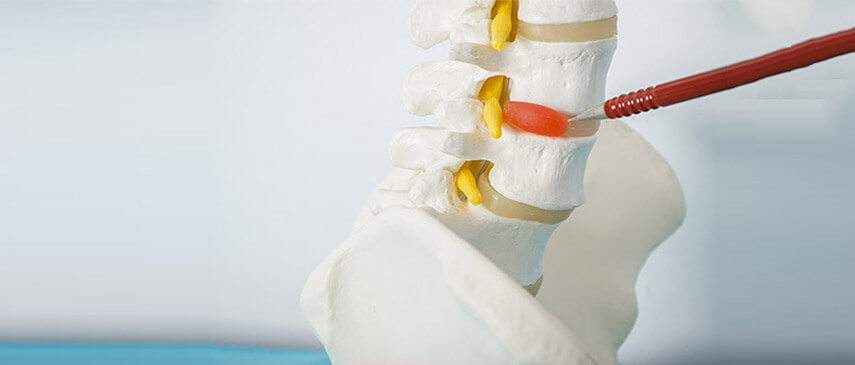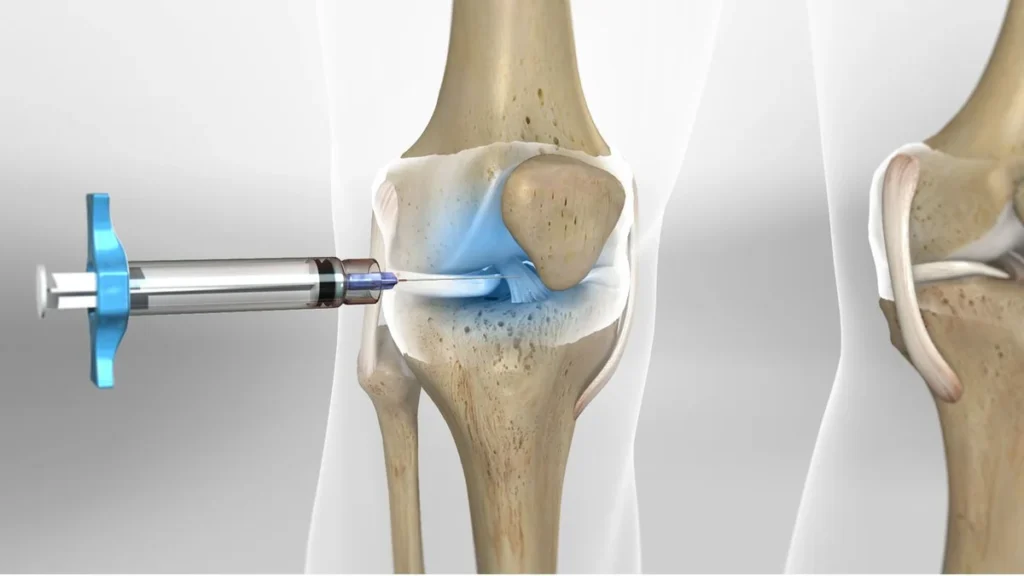In this article by the Iranian Height Increase Center, we will discuss herniated disc surgery. Discs are round cushions that sit between the bones of the spine or vertebrae. These discs act as a spring system, allowing an individual to move or bend without putting pressure or friction on the bones.

- When Herniated Disc Surgery is Needed
- Types of Herniated Disc Surgery and Treatment Stages
- Lumbar Laminotomy
- Spinal Fusion
- Artificial Disc Surgery
- Recovery Stages
- Rehabilitation
- Limitations
- Returning to Daily Activities After Herniated Disc Surgery
- Risks and Outlook of Herniated Disc Surgery
- Outlook After Surgery
When a disc ruptures or herniates and protrudes between the vertebrae, it may put pressure on the surrounding nerves. This pressure can cause pain, numbness, or weakness in the back, legs, and arms.
In many cases, a herniated disc can be treated with rest, pain medication, and physiotherapy. However, if symptoms do not improve after a few months, herniated disc surgery may be an option. This surgery can quickly reduce pain but may come with side effects.
When Herniated Disc Surgery is Needed
Herniated disc surgery may be a suitable option in the following cases:
- Pain is so severe that it prevents you from performing daily activities or moving.
- Disc pressure on nerves causes numbness or weakness.
- Inability to control the bladder or bowels.
- Difficulty standing or walking. In such cases, consulting with a doctor and a thorough examination by a specialist can help determine the appropriate treatment method.
Types of Herniated Disc Surgery and Treatment Stages
Surgery for treating a herniated disc focuses on relieving nerve pressure caused by the herniated disc. There are several surgical methods that can be effective in reducing pain.
Discectomy This is a common surgical method where the surgeon removes the damaged disc to reduce pressure on the nerves. This surgery is performed in two ways:
- Open Discectomy: In this method, an incision is made in the patient’s back or neck to allow the surgeon access to the damaged disc.
- Microdiscectomy: This method is performed with a smaller incision. The surgeon uses a thin tube with a camera to access the damaged disc.

To make an appointment or get an online consultation with Dr. Nader Motallebi Zadeh, Limb lengthening surgeon, proceed here.
Lumbar Laminotomy
Sometimes, to access a herniated disc, the surgeon needs to remove a small piece of bone called the lamina. The lamina is a covering that protects the spinal cord. Removing all or part of the lamina allows the surgeon to easily access the herniated disc and reduce pressure on the nerves.
These surgical methods aim to reduce pain and improve nerve function and should be performed by a specialist surgeon with high precision.
Spinal Fusion
After the removal of a disc or lamina, the surgeon may fuse two vertebrae together to keep the spine straight and stable.
Artificial Disc Surgery
In some cases, the damaged disc is replaced with an artificial disc made of metal or plastic to ensure easier movement and stability for the spine.
Recovery Stages
Herniated disc surgery usually has positive outcomes and offers quicker recovery compared to other treatments. In the first few weeks after surgery, you should observe improvement in symptoms like pain and numbness.
Rehabilitation
Physiotherapy and rehabilitation exercises can greatly accelerate the recovery process. Walking also helps in improving the movement of the spine.
Limitations
After surgery, it is important to avoid lifting heavy weights, sitting for long periods, and excessive bending or stretching.
Returning to Daily Activities After Herniated Disc Surgery
Your doctor will decide when you can return to daily activities, driving, and work. Typically, returning to work is possible within 2 to 4 weeks. If your job involves lifting heavy weights or operating large machinery, you might need more rest.
Risks and Outlook of Herniated Disc Surgery
Like any other surgery, herniated disc surgery may have its specific risks, although these risks are rare. Some potential risks include:
- Infection at the site of surgery
- Damage to nerves or blood vessels
- Problems related to the replaced disc
- Leakage of spinal fluid
- Bleeding Also, in some cases, the surgery may not completely alleviate symptoms, or pain may decrease for a while and then increase again. In about 5% of cases, the disc may herniate again.
Outlook After Surgery
Most patients experience improvement in pain and other symptoms after surgery. Although surgery can lead to quicker recovery, it is not necessarily the best option for everyone. To make a better decision and get more accurate information, consulting with a doctor and thoroughly evaluating the risks and benefits associated with the surgery is essential.
Overall, all therapeutic aspects, including the risks of surgery, benefits, and recovery outlook, should be carefully examined and discussed with your doctor to make an informed decision. Accurate and complete information can help you move forward in your treatment path with greater confidence.

To make an appointment or get an online consultation with Dr. Nader Motallebi Zadeh, Limb lengthening surgeon, proceed here.



